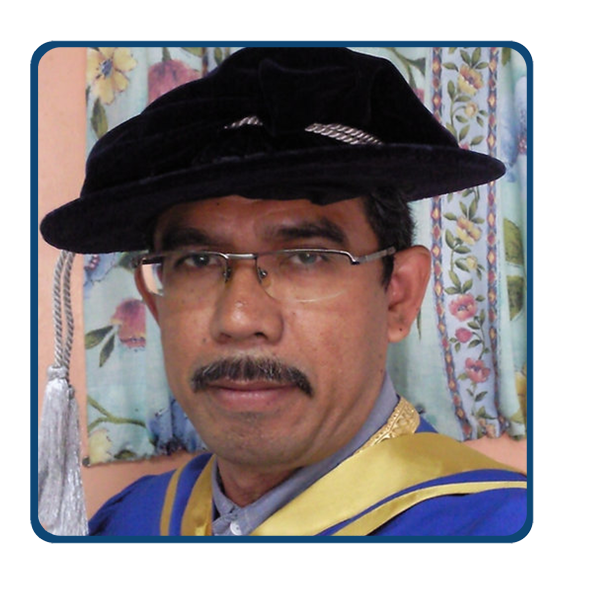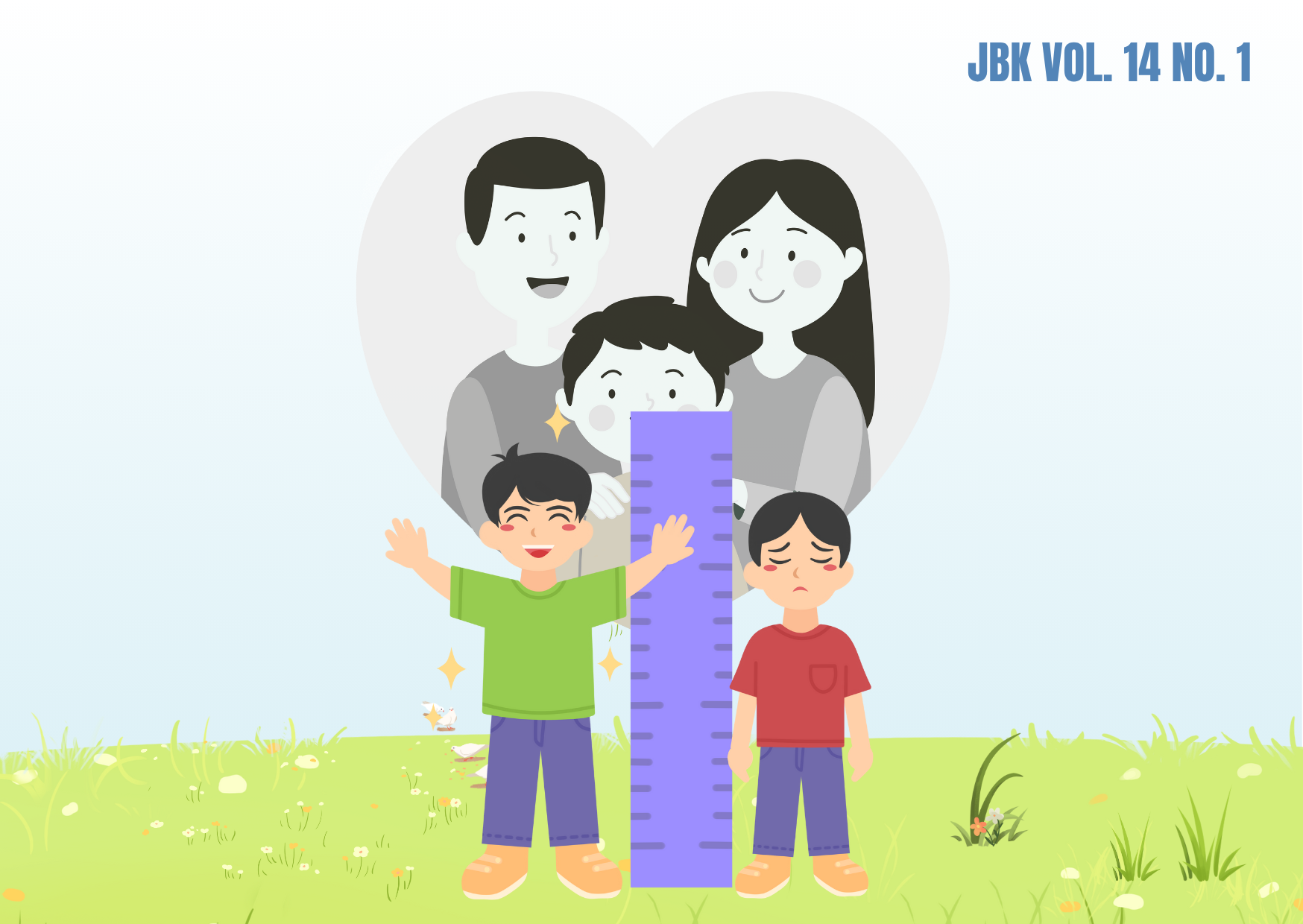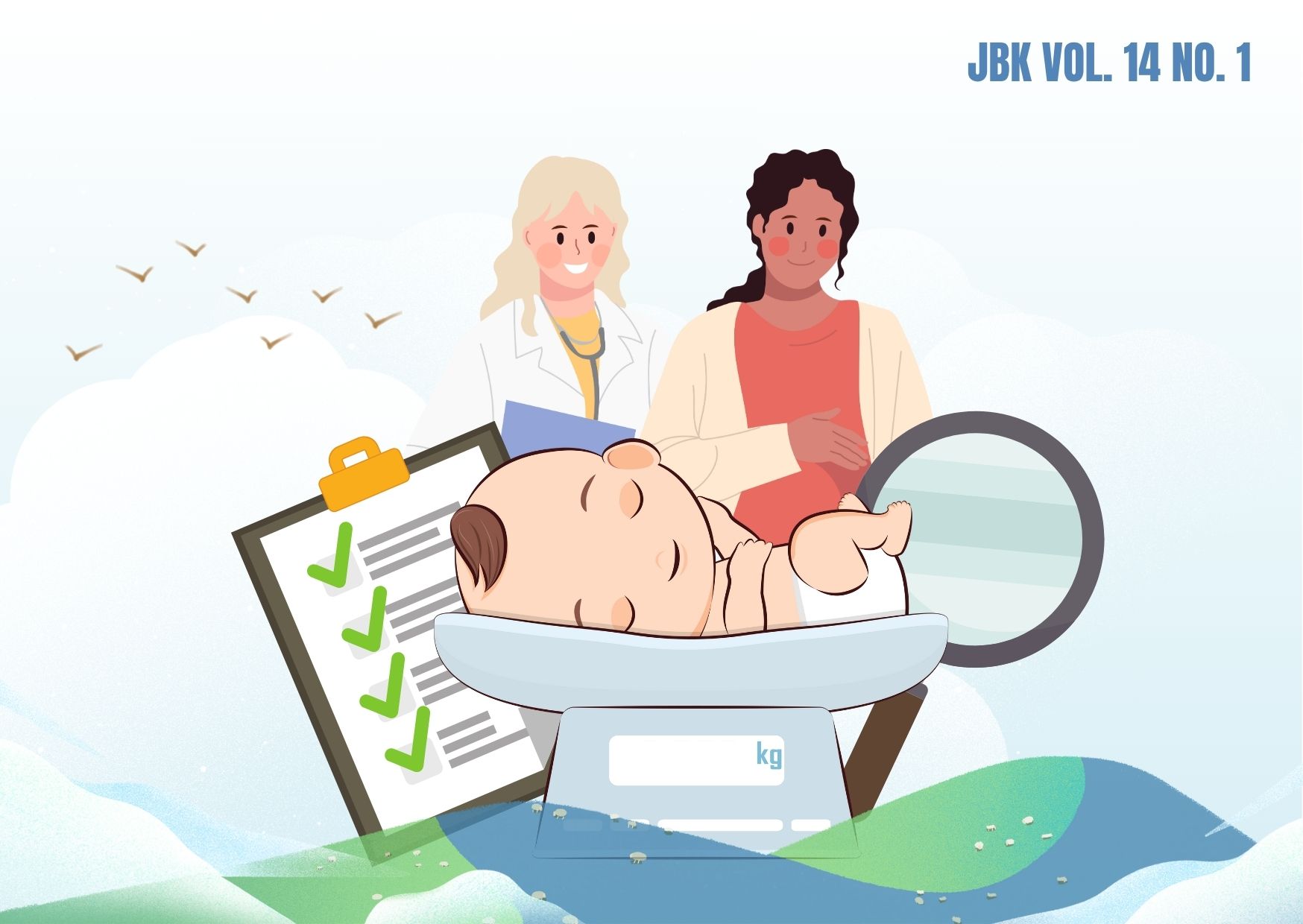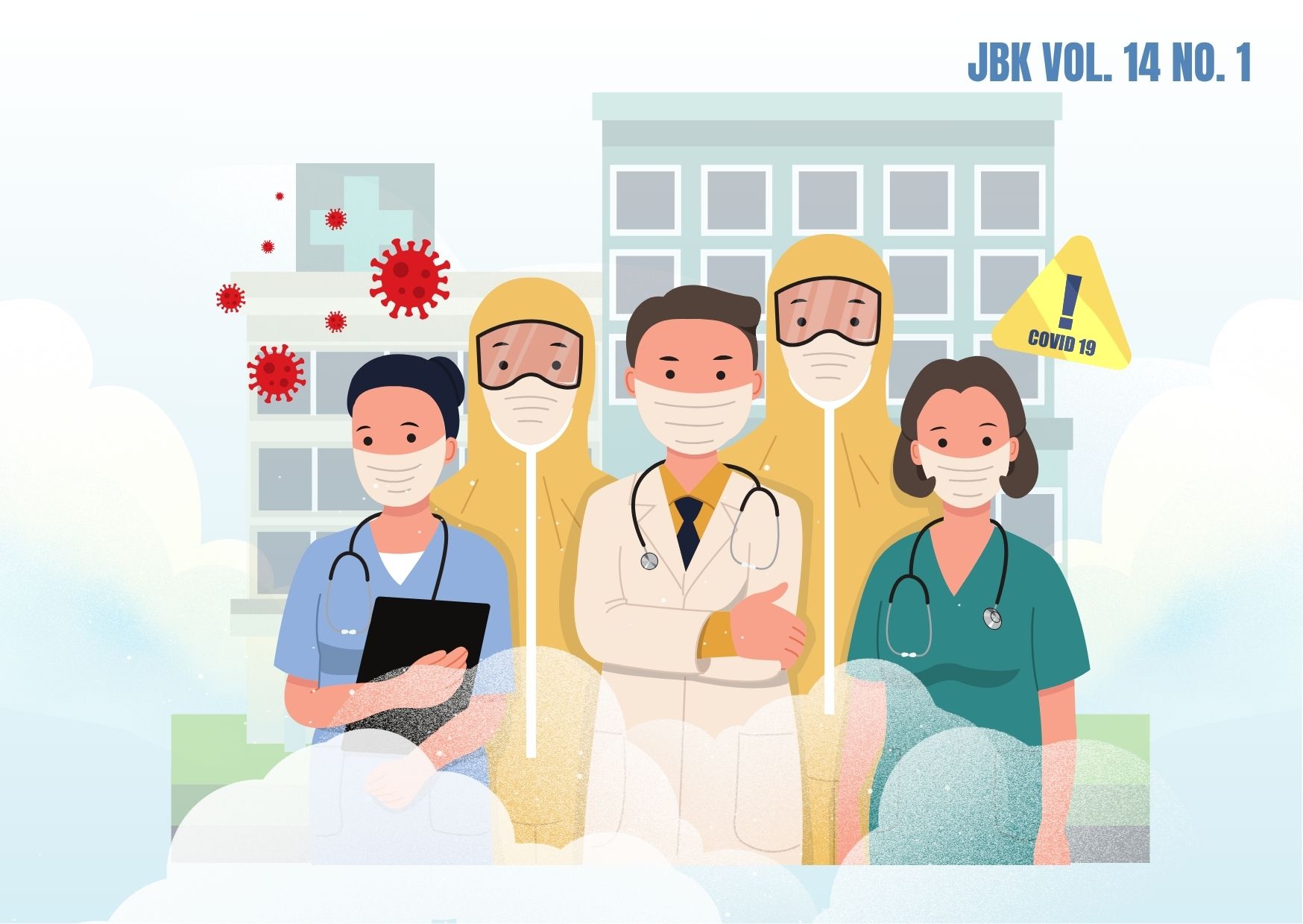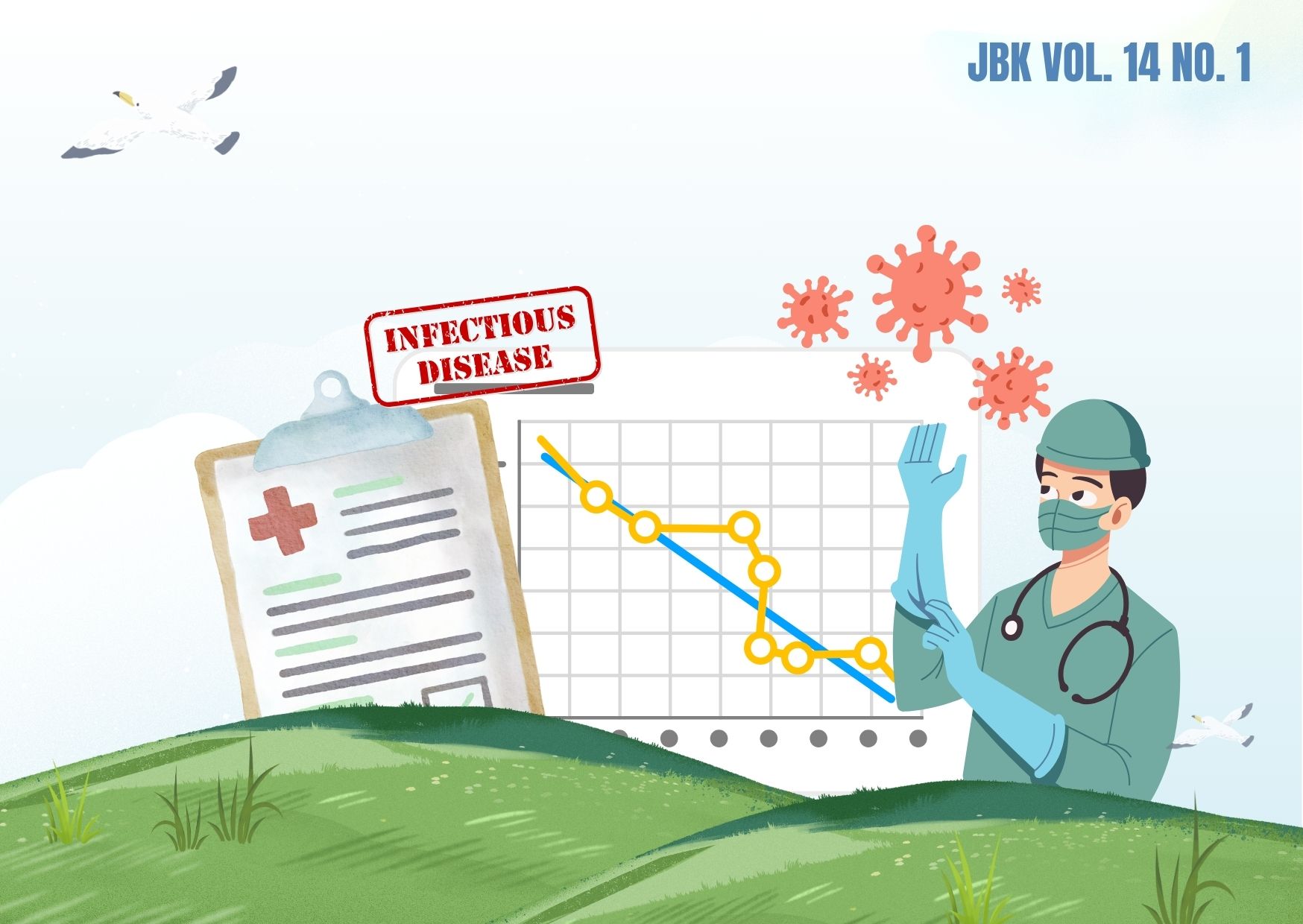APPLICATION OF THE PRAIS WINSTEN METHOD IN OVERCOMING AUTOCORRELATION ON LIFE EXPECTATION FACTORS
Downloads
One of the error conditions that are required to be met is the absence of autocorrelation problems. Autocorrelation is a correlation of errors between observations, the existence of an error correlation between observations will cause deviations from the actual statistical value. One of the statistical methods for overcoming autocorrelation is the Prais Winsten method. This study aims to explain the Prais Winsten method in overcoming the problem of autocorrelation on factors that affect the life expectancy of East Java Province in 2018. This research is a secondary data analysis, data obtained from the East Java Province's health profile in 2018 with the dependent variable, namely life expectancy, and independent variables, namely prevalence of diarrhea, clean and healthy living behavior, and mean years of school. The results of this research indicated the finding of autocorrelation problems in the factors that affected the life expectancy of East Java Province in 2018. Improvements with the Prais Winsten method showed that the Durbin Watson value was at the critical point limit, Mean Square Error and coefficient of determination (R2) value was decreasing. This research concludes that the Prais Winsten method can overcome autocorrelation.
Gujarati DN. Basic Econometrics. New York: Mc Graw Hill Higher Education; 2013.
Winarno WW. Analisis Ekonometrika dan Statistika dengan Eviews. Yogyakarta: UPP STIM YKPN; 2015.
Prais SJ and Winsten CB. Trend Estimators and Serial Correlation. Chicago: Cowles Commission Discussion Papers; 1954.
Kurniawati F. Analisis Pengaruh Biaya Pencegahan dan Biaya Penilaian terhadap Produk Cacat (Studi Kasus pada Produk Karet PT Perkeb3unan Nusantara XII Kota Blater Jember). Skripsi. Universitas Jember; 2016. http://repository.unej.ac.id/handle/123456789/75650
Badan Pusat Statistik Provinsi Jawa Timur. Laporan Indeks Pembangunaan Manusia Jawa Timur tahun 2018. Surabaya; 2018. Tersedia di: https://jatim.bps.go.id/subject/26/indeks-pembangunan-manusia.html
Notoadmojo S. Kesehatan Masyarakat: Ilmu dan Seni. Jakarta: Rineka Cipta; 2014.
Amalia N dan Mahmudah. Faktor yang Mempengaruhi Angka Harapan Hidup di Provinsi Jawa Timur Tahun 2014 dengan Melihat Nilai Statistik Cp Mallows. Jurnal Wiyata. 2020; 7(1):13-9. http://ojs.iik.ac.id/index.php/wiyata/article/view/157
Ardianti AV. Faktor-Faktor yang Mempengaruhi Angka Harapan Hidup di Kabupaten Jember. Skripsi. Universitas Jember; 2015. http://repository.unej.ac.id/handle/123456789/63942
Tri AI. Aplikasi Regresi Spasial untuk Pemodelan Angka Harapan Hidup (AHH) di Provinsi Jawa Tengah. Skripsi. Universitas Negeri Yogyakarta. 2014. http://eprints.uny.ac.id/id/eprint/45134
Tinungki GM. Metode Pendeteksian Autokorelasi Murni dan Autokorelasi Tidak Murni. Jurnal Matematika Statistika dan Komputasi. 2016; 13(1):46–54. https://journal.unhas.ac.id/index.php/jmsk/article/view/3478
Ghozali I. Aplikasi Analisis Multivariate dengan program IBM SPSS 23. Semarang: Badan Penerbit Universitas Diponegoro; 2016.
Payu MRF. Metode Feasible Generalized Least Square (FGLS) untuk Estimasi Parameter pada Model Regresi Linear Berganda dengan Galat. Tesis. Institut Teknologi Bandung. 2016. https://digilib.itb.ac.id/index.php/gdl/view/20328.
Anggraini E dan Lisyaningsih U. Disparitas Spasial Angka Harapan Hidup di Indonesia Tahun 2010. Jurnal Bumi Indonesia. 2013; 2(3):71–80. https://repositorio.flacsoandes.edu.ec/bitstream/10469/2461/4/TFLACSO-2010ZVNBA.pdf.
Arofah I dan Rohimah S. Analisis Jalur untuk Pengaruh Angka Harapan Hidup, Harapan Lama Sekolah, Rata-Rata Lama Sekolah terhadap Indeks Pembangunan Manusia Melalui Pengeluaran Riil Per Kapita di Provinsi Nusa Tenggara Timur. Jurnal Saintika Unpam. 2019; 2(1):76–87. http://doi.org/10.32493/jsmu.v2i1.2920
Sukut S, Arif Y, dan Qur'aniati N. Faktor Kejadian Diare pada Balita dengan Pendekatan Teori Nola J. Pender di IGD RSUD Ruteng. Jurnal Pediomaternal. 2015; 3(2): 230-49. http://doi.org/10.20473/pmnj.v3i2.11752
Dinas Kesehatan Provinsi Jawa Timur. Profil Kesehatan Provinsi Jawa Timur Tahun 2018. Surabaya; 2018. https://dinkes.jatimprov.go.id/userfile/dokumen/BUKU%20PROFIL%20KESEHATAN%20JATIM%202018.pdf
Dewi NPT dan Karim A. Perbandingan Metode Ordinary Least Square (OLS) dan Regresi Robust pada Faktor yang Mempengaruhi Angka Harapan Hidup di Provinsi Jawa Tengah. Prosiding Seminar Nasional Pendidikan, Sains dan Teknologi. 2017; 65: 195–201. http://jurnal.unimus.ac.id/index.php/psn12012010/article/view/3009.
Nurhajati N. Perilaku Hidup Bersih dan Sehat (PHBS) Masyarakat Desa Samir dalam Meningkatkan Kesehatan Masyarakat 1. Jurnal Publiciana. 2015; 8(1):107-26. http://journal.unita.ac.id/index.php/publiciana/article/view/43
Ramadhani E, Salwa N, dan Mazaya S. Identifikasi Faktor-Faktor yang Memengaruhi Angka Harapan Hidup di Sumatera Tahun 2018 Menggunakan Analisis Regresi Spasial Pendekatan Area. Journal of Data Analysis. 2020; 3(2):62-75. http://doi.org/10.24815/jda.v3i2.
Setiawati D. Determinan Angka Harapan Hidup di Jawa Timur Tahun 2014-2018 dengan Metode Least Squares Dummy Variables Model (LSDV). Skripsi. Universitas Negeri Semarang; 2020. http://lib.unnes.ac.id/id/eprint/39034
Copyright (c) 2023 Jurnal Biometrika dan Kependudukan

This work is licensed under a Creative Commons Attribution-NonCommercial-ShareAlike 4.0 International License.
Copyright©2022 Jurnal Biometrika dan Kependudukan (Journal of Biometrics and Population)
This work is licensed under a Creative Commons Attribution-NonCommercial-ShareAlike 4.0 International License.
1. Copyright of all journal manuscripts is held by the Jurnal Biometrika dan Kependudukan.
2. Formal legal provisions to access digital articles of the electronic journals are subject to the provision of the Creative Commons Attribution-ShareAlike license (CC BY-NC-SA), which means that Jurnal Kesehatan Biometrika dan Kependudukan to keep, transfer media/format, manage in the form of databases, maintain, and publish articles.
3. Published manuscripts both printed and electronic are open access for educational, research, and library purposes. Additionally, the editorial board is not responsible for any violations of copyright law.






